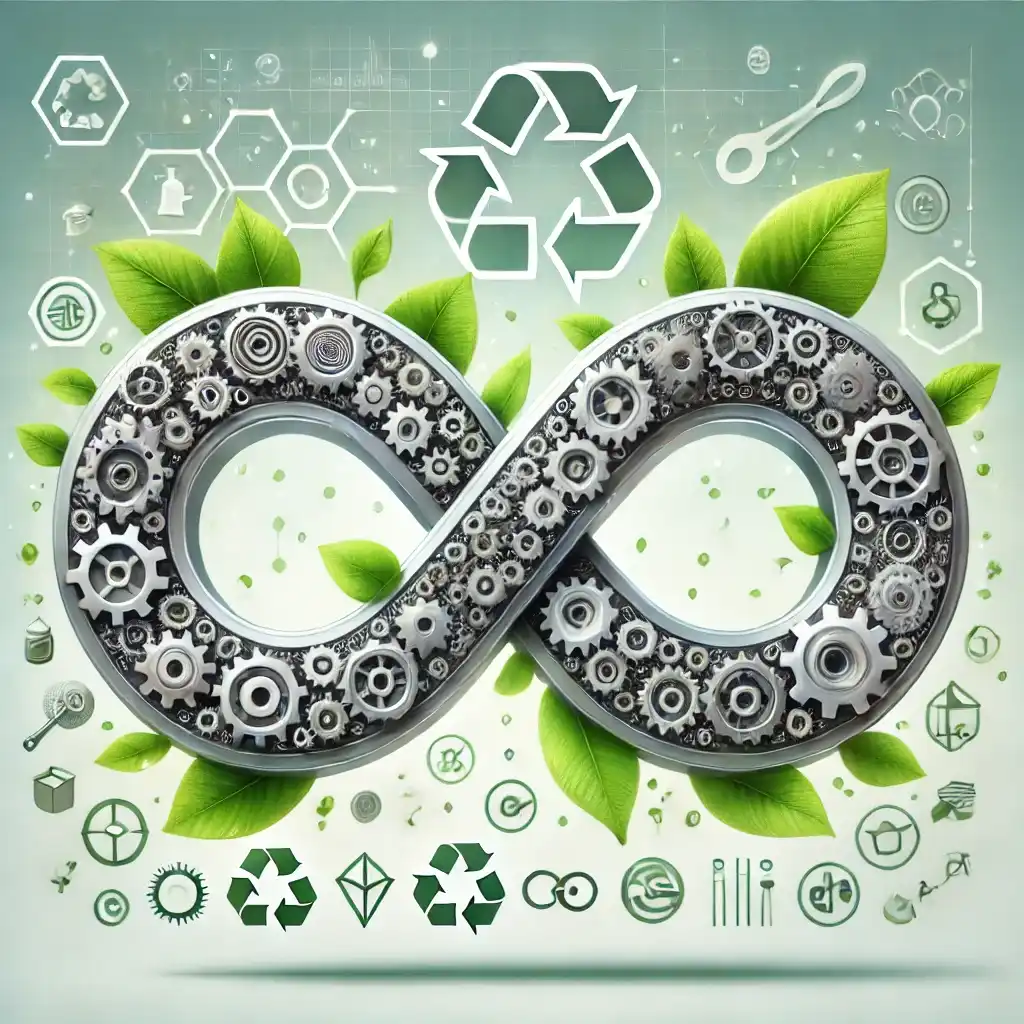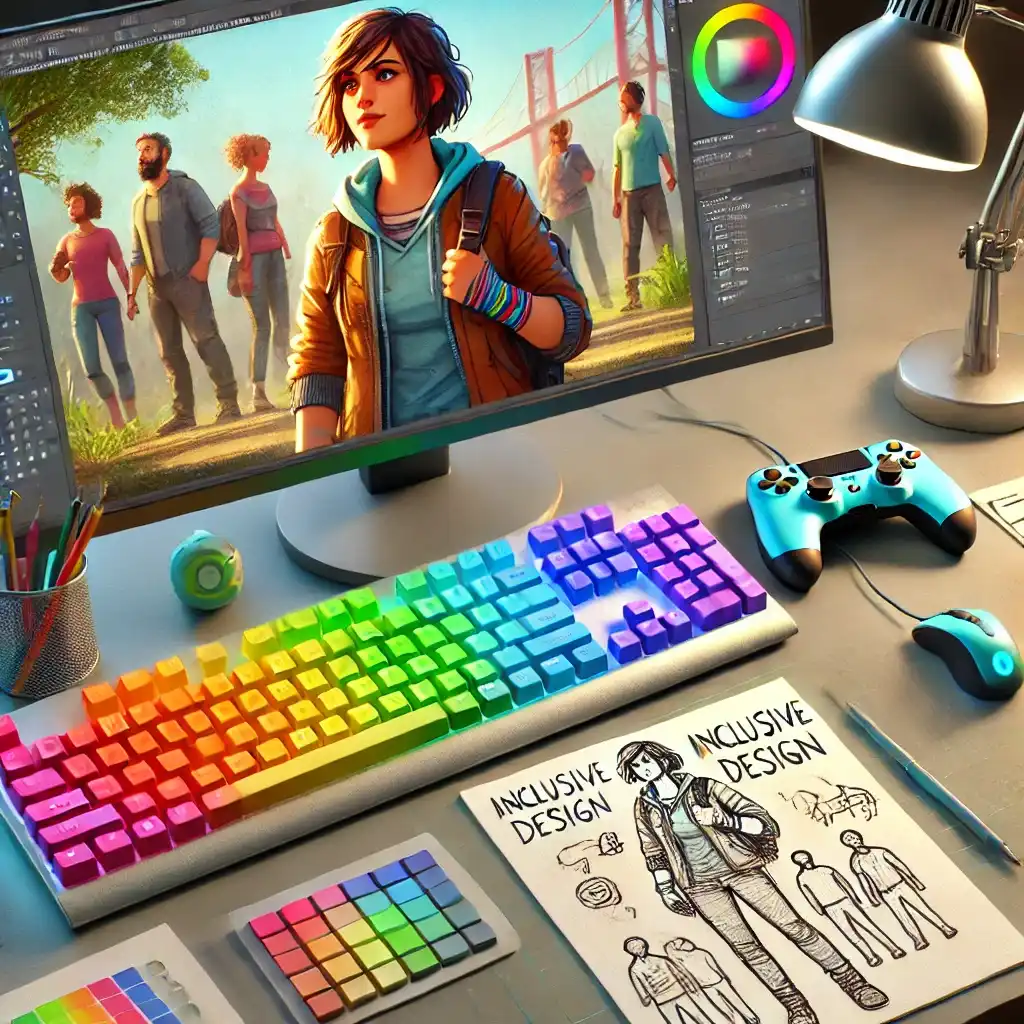

The concept of the “circular economy” has firmly entered our lives, from fashion to packaging. But what about the intangible, digital world of gaming? Can the principles of “reduce, reuse, recycle” be applied to the design of a game?
Within the framework of the UpGameIn project, the answer is a resounding “yes.” Applying circular thinking to game design is not only feasible but can also lead to more innovative and meaningful games. Let’s see how.
1. In Physical Games: The Obvious Connection
For board games, the application is direct. It means:
- Using recycled or certified (FSC) paper.
- Choosing non-toxic inks.
- Designing packaging with minimal plastic.
- Creating durable components that stand the test of time, instead of single-use parts.
2. In Digital Games: The Real Innovation
This is where the concept becomes truly exciting. The circular economy can inspire the game mechanics themselves:
- Reduce: This refers to creating games that are optimized to consume less energy, especially on mobile and online platforms. It also means reducing “digital waste”—endless, trivial items that just fill up a player’s inventory.
- Reuse: A crafting mechanic where players don’t throw away their old items but dismantle them to get raw materials and create something new and better. This teaches the value of reuse in a fun way.
- Recycle: Imagine a strategy game where managing your city’s waste and recycling it generates new resources, giving you an advantage. The player learns experientially that “trash” can have value.
The Role of UpGameIn
Having the idea is one part. Knowing how to implement it is another. This is precisely the gap that UpGameIn aims to fill. The resource library we are developing will provide creators with practical examples, frameworks, and case studies on how to integrate these “circular” ideas into their games.
The future of gaming isn’t just about impressive graphics. It’s also about smart, responsible design. The circular economy gives us a new, exciting set of rules to play by.
